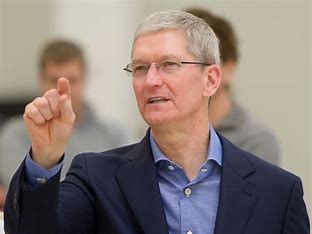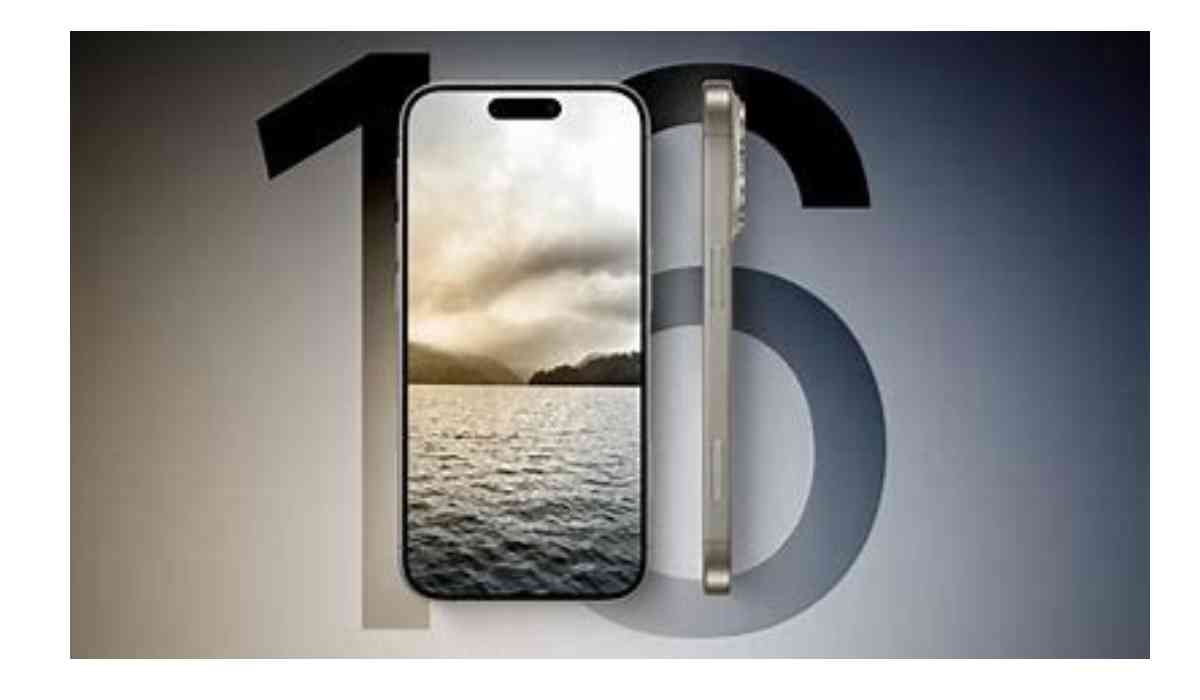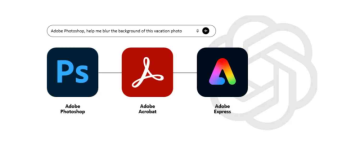Apple, known for its premium pricing and innovative technology, has made waves in the market with the introduction of the iPhone 16e—a more budget-friendly option in its product range. Priced at $599, this model serves as a successor to the iPhone SE, featuring contemporary design elements while reducing costs in specific areas. This strategic shift has ignited discussions: Is Apple genuinely responding to the demand for more affordable iPhones, or is it a reaction to falling revenues and rising competition? With reports indicating a slowdown in sales, particularly in China, some analysts suggest that Apple may be compelled to adapt. While the iPhone 16e shows promise, it raises important questions about the company's future direction.
What’s New with the iPhone 16e?
Apple has moved away from the outdated iPhone SE design, bringing the iPhone 16e in line with its flagship models. Notable features include:
• 6.1-inch Super Retina XDR OLED display, an upgrade from the SE’s LCD • A18 chip with Apple Intelligence, offering improved AI capabilities
• 48-megapixel rear camera, a major enhancement for an entry-level device • Customisable Action Button, replacing the traditional mute switch
• USB-C charging port, consistent with the latest iPhone models
• No home button, marking the end of Apple’s iconic design feature.
Apple's move to launch the iPhone 16e is a strategic response to current revenue pressures. Recent reports indicate a drop in iPhone sales, especially in China, where brands like Huawei and Xiaomi are making significant inroads. Furthermore, global economic uncertainties have led consumers to be more budget-conscious, resulting in a slowdown in high-end iPhone sales. By offering a more affordable option, Apple seeks to:
1. Broaden its customer base, especially in markets sensitive to pricing
2. Compete effectively with mid-range Android devices that provide impressive specifications at lower costs
3. Counteract declining sales by attracting users who may have delayed upgrades due to high prices
Experts suggest that this initiative marks a pivotal change in Apple's strategy. Historically, the company has focused on a premium-first model, but the launch of a budget-friendly iPhone may indicate an acknowledgment of shifting consumer priorities.
Community Reactions: Strategic Move or Budgeting Tactic?
The introduction of the iPhone 16e has sparked a lively discussion among technology fans. Conversations on platforms like Reddit, X (formerly Twitter), and various forums reveal a divided perspective on Apple's recent decision. Proponents contend:
• This step has been needed for a while, as Apple has overlooked the mid-range segment for too long.
• It offers a contemporary budget-friendly choice for users who don’t require top-tier specifications.
• The A18 chip and enhanced camera capabilities position it as a formidable option within its price range.
On the flip side, detractors argue

• The iPhone 16e is merely a rebranded iPhone 15 with reduced features.
• Apple is trimming expenses while still imposing a premium price compared to similarly priced Android alternatives.
• It lacks unique features that would set it apart from its rivals. Some users humorously label it as “the iPhone Lite” or “Apple’s attempt to compete with Android,” raising doubts about whether it truly delivers enough value to warrant its release.
A Sign of Apple’s Evolving Strategy?
The launch of a more affordable iPhone by Apple may indicate a significant change in its strategic direction. Traditionally, the company has prioritized high-margin products, ensuring brand exclusivity through premium pricing. However, as the smartphone market approaches saturation, it is essential for companies to adjust to evolving consumer preferences.
• Samsung and Google have successfully targeted the mid-range segment with offerings like the Galaxy A series and Pixel A models.
• Apple’s decision hints at an acknowledgment that it can no longer depend solely on flagship devices for revenue growth.
• The iPhone 16e could represent the initial move towards a tiered pricing strategy, enabling Apple to appeal to both budget-conscious consumers and those seeking premium options
Bold Strategy or Risky Gamble?
The introduction of the iPhone 16e is clearly a strategic decision, but its impact on Apple's sales and brand perception is still uncertain. Should it prove successful, we may witness Apple adopting a more adaptable pricing approach moving forward. Conversely, if it falters, it could be viewed as a clumsy effort to counteract declining profits.
At this moment, the iPhone 16e serves as a trial balloon. The crucial question remains: Will consumers embrace it?
With inputs from agencies
Image Source: Multiple agencies
*The views expressed are personal to the author and do not reflect the platform's opinion of the same.
© Copyright 2024. All Rights Reserved Powered by Vygr Media.
Author's profile:
Arhan Ali is a sharp observer of economic and political currents, known for blending keen analysis with a dash of wit. Whether dissecting global trade wars or taking a playful jab at social absurdities, his writing strikes the perfect balance between intellect and irreverence.























